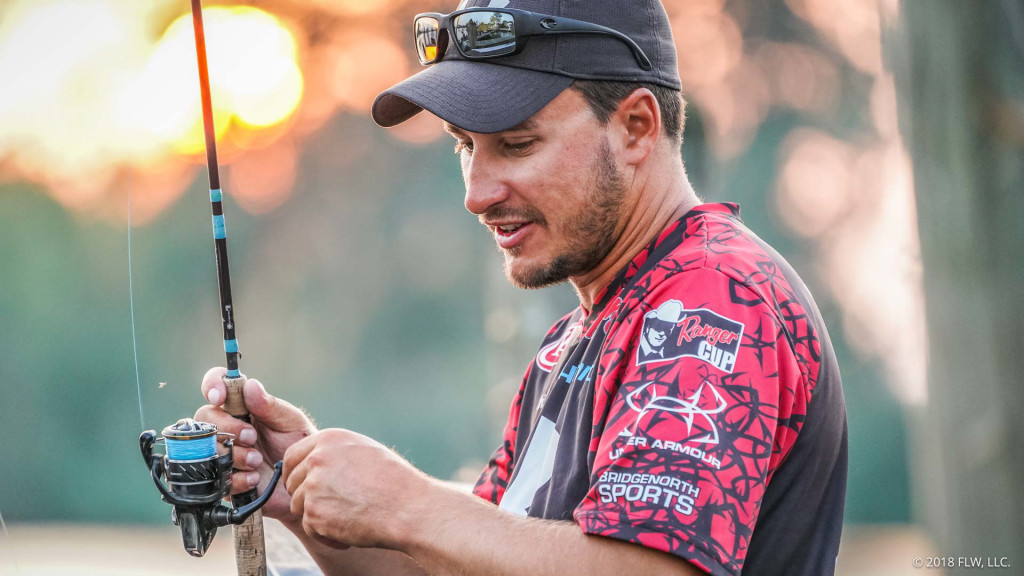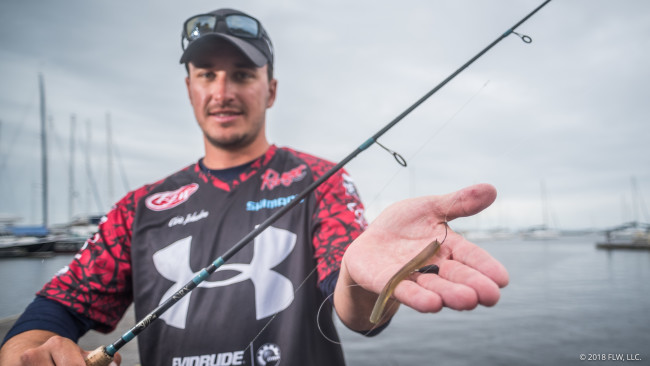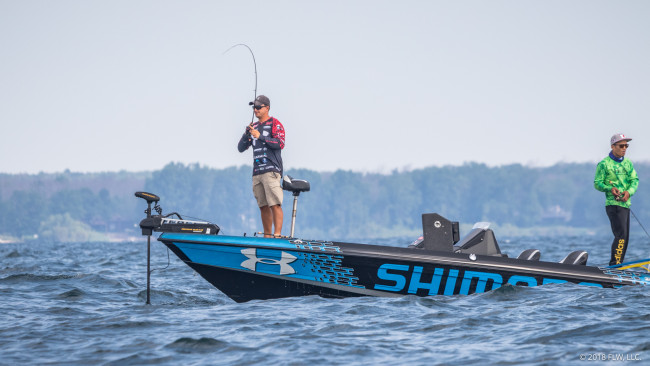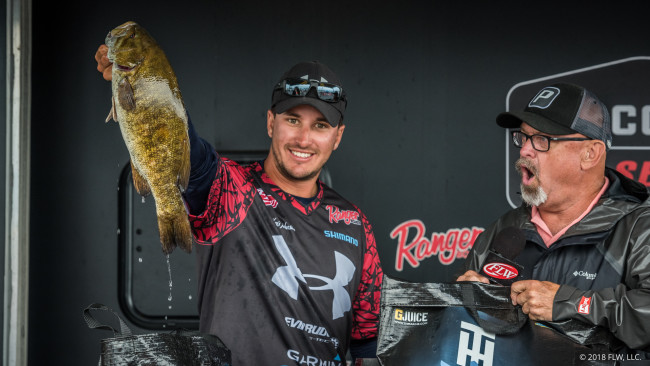How to Long-Line Pressured Smallies
Johnston Goes Long for Finnicky Smallies

We talked about how great the smallmouth fishing is at the 1000 Islands for my last blog. For this one, I figured we’d talk about a trick for catching them better.
Sometimes smallmouths are pretty easy to catch, but they can be tough in really clear water or when they get pressured. At 1000 Islands and Lake Simcoe, for instance, the water usually gets really clear in late fall. On a dead-calm day, even in 30 feet of water you can almost see the bottom. When you’re fishing, those fish know you’re there, especially after being fished for all summer.
Vertical presentations and driving around on your big motor and dropping on them won’t work well when the water gets that clear. Even when it’s not really clear, sometimes when you’re on the big motor it’s hard to mark them because they’ll swim outside or around the cone of your sonar.
So, up north, what we call “long-lining” has become a popular technique. It’s not done with a crankbait, like Southern ledge fishermen do, but it’s similar. You get your bait out a long way from the boat, and then drag it over key areas. It takes a long time to reel a fish in, but you get probably five times as many bites just by getting your bait that far away.

You can do it with anything you’d usually use for a smallmouth. A small swimbait is probably the most popular, but a tube or a drop-shot will work, too. You just have to make sure you use braid with a flouro leader, because otherwise there’s too much stretch.
The goal is basically to fish stuff that your boat hasn’t passed over yet. First off, if you’re targeting a really precise spot, such as a rock pile, you might be able to troll up close to it and reach it with a long cast. That’s a simple method. If it’s a larger area, such as a shoal or flat, set up alongside it, cast way out perpendicular to the direction of the wind or current, and then let the wind or current drag you along. The bait will sweep around and cross the structure without your boat ever passing overhead. You could do the same with the trolling motor if the wind and current are light, and you’ll get a lot more bites just by keeping your bait away from the boat.

I long-line the most when they’re getting out closer to their winter areas in the late fall, as deep as 40 feet. But it will work any time of the year. I did it on Lake Erie in the Costa FLW Series in late July because once they got pressured they knew what to do when a boat was on them. When you first get to a spot usually you can drop on them when you see the marks, but when I stop getting bit like that I just don’t even bother. I just try to cast way out and drag it through them.
